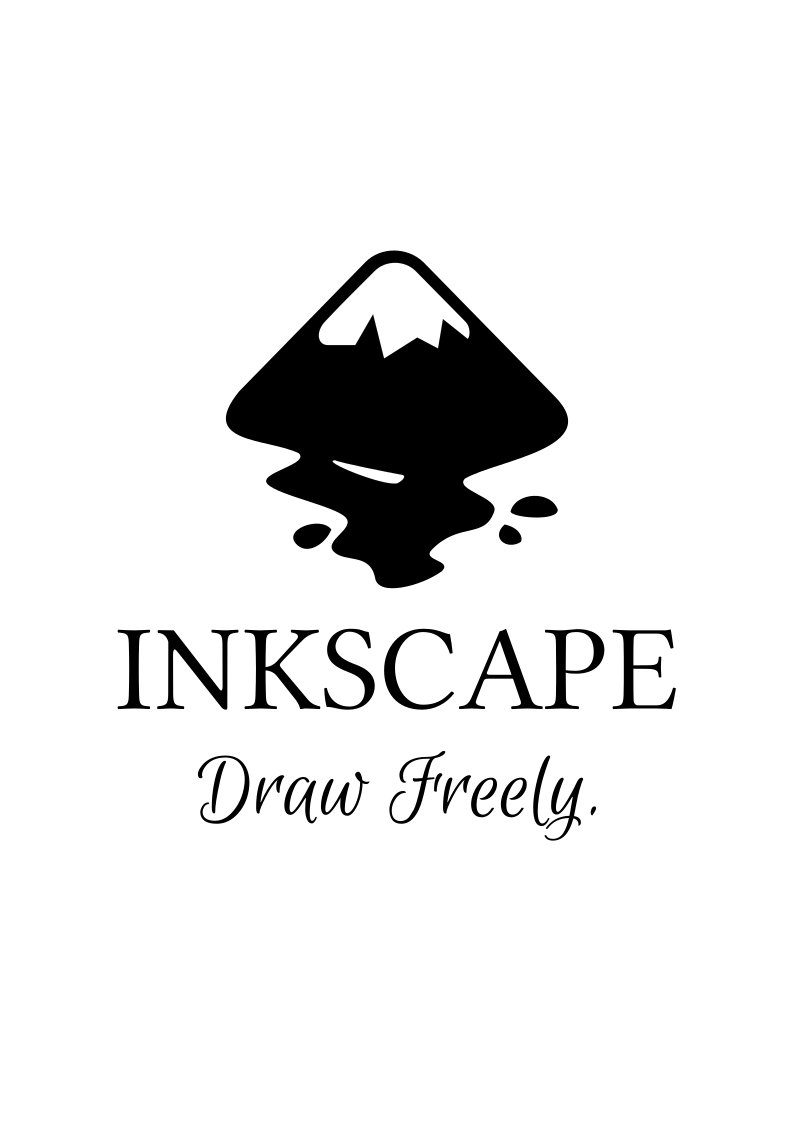

In our case, we designed an alternative “MTE” logo for Make Tech Easier – just those three letters. To make designing your logo much more comfortable, we suggest you create a matrix of guides not much different than what you can see in our screenshot. Depending on whether you pulled the ruler from the top or left of the page, you’ll create either a horizontal or vertical guide. The proper placement of guides can turn them into a rough “skeleton” on which to create the final design.Ĭreating guides in InkScape (as well as in many other applications of the same genre) is accessible through a hidden shortcut: hold down the left mouse button on one of the two rulers that appear at the edges of the page and drag it to the point where you want a guide. By acting as magnets, a click next to them changes where a point will be placed, “teleporting it” onto them. The use of guides can help control the geometry of a drawing. And with “restrictions,” we’re talking about “guides,”


Sometimes, as in the case of designing a logo, some restrictions on all this freedom are quite helpful. Inkscape – and most of its tools – allow you to design whatever you want, wherever you want, starting from anywhere on the blank page. This tool allows you to draw straight lines and bezier curves. Select the twelfth tool from the application’s toolbar, depicting a small pencil with a line that looks like a shadow underneath. To do this, select “File -> Document Properties” and change the orientation, right under the Page Size(s) list, to landscape. Most logos have a larger width than height, so it’s better to set the page setup as landscape. Inkscape’s default mode for new documents has them in portrait orientation. Sudo apt-get install inkscape Page Orientation


 0 kommentar(er)
0 kommentar(er)
